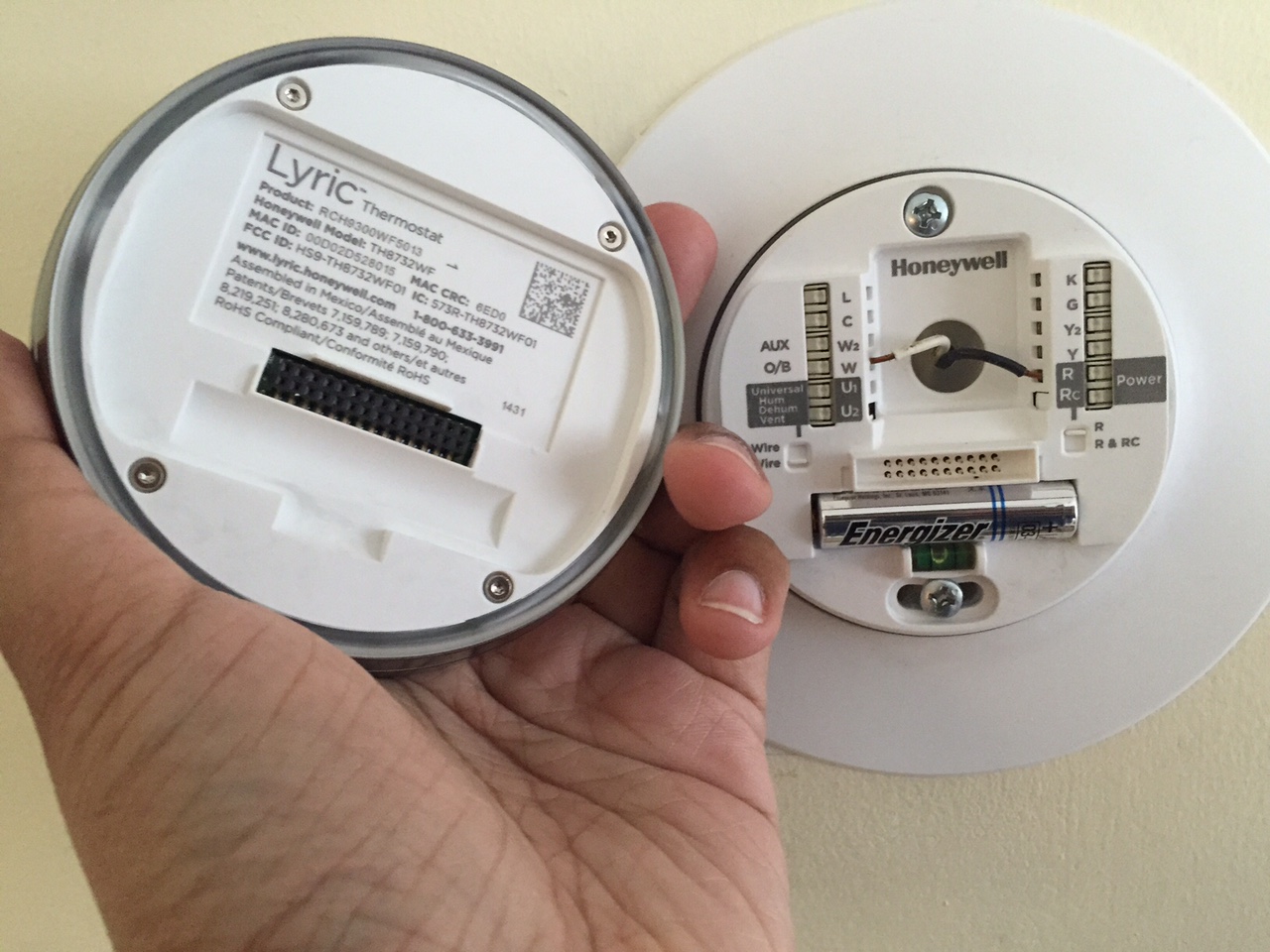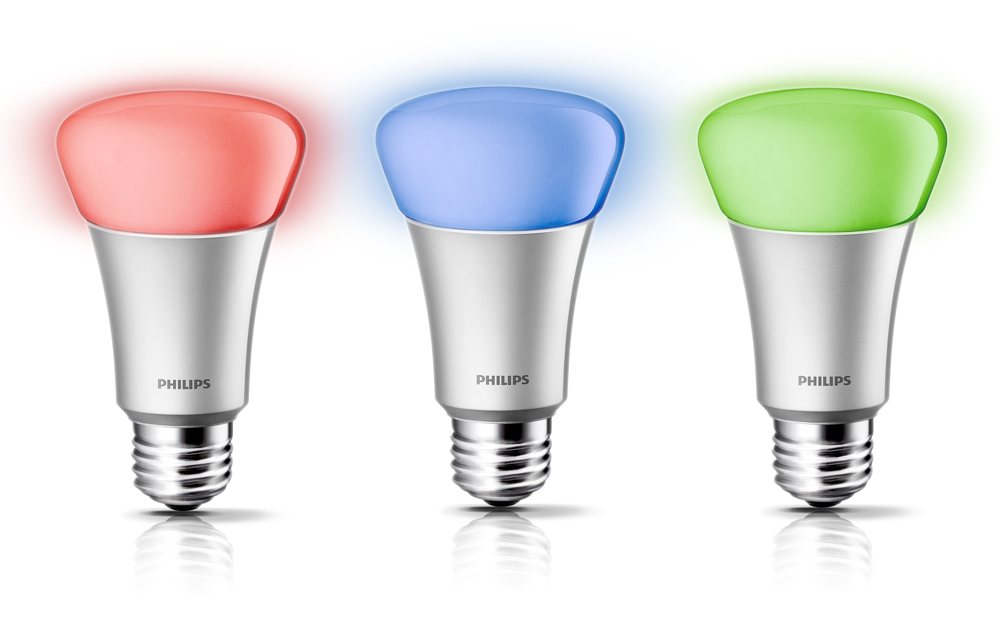 Some call it “Snowbird time.” Home Insurance people refer to it as “The heating season.” Most of us just call it winter. No matter how you slice it, it’s cold. When the weather gets chilly, the furnace goes on, the space heaters go on and your gas and electric bills start to go up.
Some call it “Snowbird time.” Home Insurance people refer to it as “The heating season.” Most of us just call it winter. No matter how you slice it, it’s cold. When the weather gets chilly, the furnace goes on, the space heaters go on and your gas and electric bills start to go up.
Energy maintenance is key to those rising bills, especially for all of you folks in Ontario whose hydro bills are making national news for all the wrong reasons. It’s very easy to leave a light on or a furnace running during the day. I was guilty of getting too lazy with this a few winters ago and returned home one month to a $400 gas bill. That was a stern lesson I never wanted to repeat again.
With that in mind, there are a lot of smart home devices that can help you turn your home into a functioning energy management system. By having access to calling your own shots, you can control when those things in your house go on or off whether you’re toasty warm in bed and don’t want to get out to turn the lights off or you left the house in a mad dash and left everything on. Don’t let your precious and hard earned dollars just fly out the window.

How can I use smart home tech to help me conserve energy?
Having smart home tech can really help drive energy (and money) savings in your household simply because you have a remote control to the operations of your home from anywhere you are. Forgot to turn the lights off? Forgot to shut the heat off? Forgot to close the garage door and now heaters are working overtime against the freezing cold? No problem! The most obvious energy management is done through the heating system though. It’s the one that tends to drive most of your power and/or gas bills, especially during the winter.
The majority of options out there are around forced air furnaces. Using a smart thermostat, you take control of power usage through the app. If you’ve forgotten to shut things down or set a threshold temperature, you can open up your app and do it remotely from there. There’s usually a few seconds of lag time in between while communication happens but we’re not talking minutes at a time. The longest I’ve seen was the first generation (which is no longer for sale) Honeywell Lyric thermostat which took about 30-45 seconds. Most thermostats will usually let a cycle finish anyway.

If your home is powered by electric baseboards, you don’t have any options but you do have a Canadian made solution. Sinope Technologies has an electric baseboard smart thermostat system that wires in the place of manual thermostats. You can then electronically and remotely manage their usage. Sinope is a little bit ahead of curve with their competitors in terms of usage analysis as well. You can get fairly concrete usage statistics and numbers about not only how much power you’re using but they keep fairly up to date pricing data for as may areas of Canada they have. What this means for you is that you get a meaningful reflection of how much money you’re saving down to the cent.
Do I need to make any changes to the heating system in my home?
In order to use most smart thermostats, you need a 3 wire system as a pre-requisite. Many heat-only furnaces only have 2 wires and this actually limits your choices. You’ll have to look for a lithium battery operated smart thermostat (like the original Honeywell lyric, pictured below) or find one that can constantly self power from a 2 wire line. The only other thermostat Best Buy offers that can do that is the Nest Learning Thermostat. You’ll have to check your wire colours, however and match them up with the Nest website to see if it’ll work.

If you have a 24 volt 3 wire system, however, you’re in the clear. Just about all dual heat/AC furnaces are 3 wire and so all you need to do is follow the schematic instructions from your chosen thermostat and install. Your options here are wide open. You can buy a battery operated thermostat and skip the batteries (since the third wire will feed power to the thermostat) or buy anything really. This also means you can plan for any cooperative system, whether it be Apple Homekit, Works with Nest or Z-Wave.
If you have a 2 wire system and want a 3 wire system, you’re best to call a tech and see if it’s possible. I spoke to a tech about doing this on my 20 year old furnace last winter and he said it was possible on that.
Do I need to make any changes to lighting in my home?
This one’s a little bit more complicated than just adding a wire or two. Smart lighting installation isn’t very difficult. In many cases, it’s as easy as screwing in a light bulb. The troubles come about with the type of receptacles you’re installing them in. Some smart lighting can’t be put in closed fixtures (similar to many LED bulbs) because of the heat they emit. Some lighting can’t be put in multi-relay receptacles and some lighting can’t be screwed to sockets that have dimmer switches on them because they have have dimming capabilities of their own.
That is all to do with bulbs themselves though. If you’re installing smart light switches, you just have to worry about the location of the switch and making sure that you can get a steady wifi connection out to it. You also shouldn’t be putting them on lights that can switch on/off from multiple locations.
You can easily access whether your light switches are on or off through their native app. The virtual power button on Belkin Wemo Switches, for example, light up green to tell you whether the light is on or off. The same goes for the TP Link Smart Light Switch in its native Kasa app. Both of those devices also let you set automatic timers if you’re always forgetful or always leave the house with your hands full every morning.

Do wearables fit in all of this anywhere?
That’s probably a question you weren’t going to ask but I’ll answer it anyway. Wearables connecting with home automation devices have been a “thing” for a few years now. One of the earliest wearable/smart home partnerships is through Nest’s “Works with Nest” program with the Jawbone wearable device. Since Jawbone can tell when you’re asleep and awake, Nest allows it to interface with their thermostat to communicate back and forth so that the home isn’t heated while you’re asleep and can start up when you’re awake so that you don’t have to shiver in your pajamas waiting for coffee to brew and your home to heat up.
While they won’t have as direct a tie to energy management as a smartphone or tablet, your wearable could also serve that type of purpose if you check to see if can work with Nest or interface with any of your smart home devices.
Proper maintenance
Thankfully, all home automation tech is fairly low drama. You don’t have to call in techs to do regular maintenance and are built to last indefinitely as long as you don’t do something crazy like run your car over them. However, some can even withstand an SUV running them over (thanks and sorry Chamberlain MyQ base.) What that really leaves is ensuring that you’re regularly keeping your app and the product’s firmware updated. If you keep your app updated, you should get pushed regular enough notifications of any new firmware, especially if the parent company releases any other devices that are built to interface with them.
With all of this in mind, you should be ready to start adding and eventually saving on your investment. Most companies don’t really offer hard facts around the amount of dollars and cents you’ll save but some have stretch goals. Nest, for example, say that with their thermostat, your savings will make up your product’s purchase price in 2 years or less.
That’s something we can all appreciate.
Visit the Smart Home and Home Automation Category at BestBuy.ca



I just bought the Sinope Smart Thermostat starter kit to wirelessly control the electric heat in our home. What an awesome set up! I love how I don’t have to remember to turn everything off before I go to bed, and now I can turn off the heat when I’m not home and turn it on while I’m out so it’s warm when I get back.
Comments are closed.